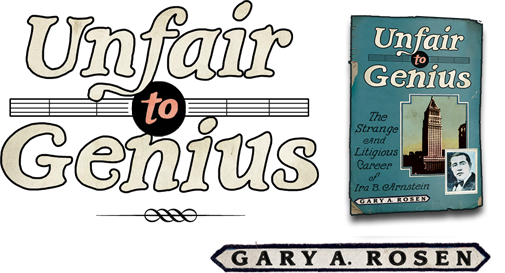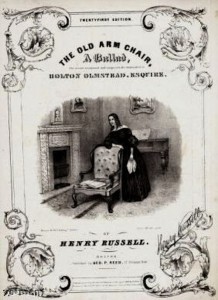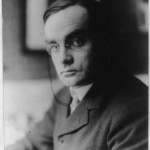

 Copyright, at its core, is the lever by which the creators and distributors of a creative work extract its economic value from consumers. To lawyers, it is a generic term, covering not one but a whole panoply of rights—the exclusive right to make and distribute copies, of course, but also in the case of a musical work the exclusive rights to adapt it, to arrange it, to record it mechanically, to perform it publicly, and to use it in a synchronized video sound track. With economic barriers to entry virtually nonexistent and nary a touch of genius required, publishing popular music would surely be a losing economic proposition without a robust copyright regime. It is no coincidence that the vicissitudes of the music business have closely tracked the development of copyright law, sometimes following changes in the law, and sometimes driving them.
Copyright, at its core, is the lever by which the creators and distributors of a creative work extract its economic value from consumers. To lawyers, it is a generic term, covering not one but a whole panoply of rights—the exclusive right to make and distribute copies, of course, but also in the case of a musical work the exclusive rights to adapt it, to arrange it, to record it mechanically, to perform it publicly, and to use it in a synchronized video sound track. With economic barriers to entry virtually nonexistent and nary a touch of genius required, publishing popular music would surely be a losing economic proposition without a robust copyright regime. It is no coincidence that the vicissitudes of the music business have closely tracked the development of copyright law, sometimes following changes in the law, and sometimes driving them.

 Unlike other forms of governmental largesse such as patents, broadcast licenses, or procurement contracts, which can be extraordinarily costly and laborious to obtain, copyright protection simply “subsists” in original works of authorship fixed in a tangible means of expression—a doodle, a snapshot, or a Tweet can be sufficient—and is therefore the most egalitarian of all forms of property, accessible even to feckless slackers, idle daydreamers, and kitchen-table cleffers. Nor has the requirement that a work must be “original” ever proven to be a substantial barrier to copyright proprietorship. “Original means only that the work was independently created by the author,” the Supreme Court has held, “the requisite level of creativity is extremely low; even a slight amount will suffice.”
Unlike other forms of governmental largesse such as patents, broadcast licenses, or procurement contracts, which can be extraordinarily costly and laborious to obtain, copyright protection simply “subsists” in original works of authorship fixed in a tangible means of expression—a doodle, a snapshot, or a Tweet can be sufficient—and is therefore the most egalitarian of all forms of property, accessible even to feckless slackers, idle daydreamers, and kitchen-table cleffers. Nor has the requirement that a work must be “original” ever proven to be a substantial barrier to copyright proprietorship. “Original means only that the work was independently created by the author,” the Supreme Court has held, “the requisite level of creativity is extremely low; even a slight amount will suffice.”
The ease of obtaining copyright protection and the rather small set of shared materials available for constructing simple melodies with instant and widespread appeal combined to form the very primordial ooze from which Tin Pan Alley emerged.
©2012 Gary A. Rosen